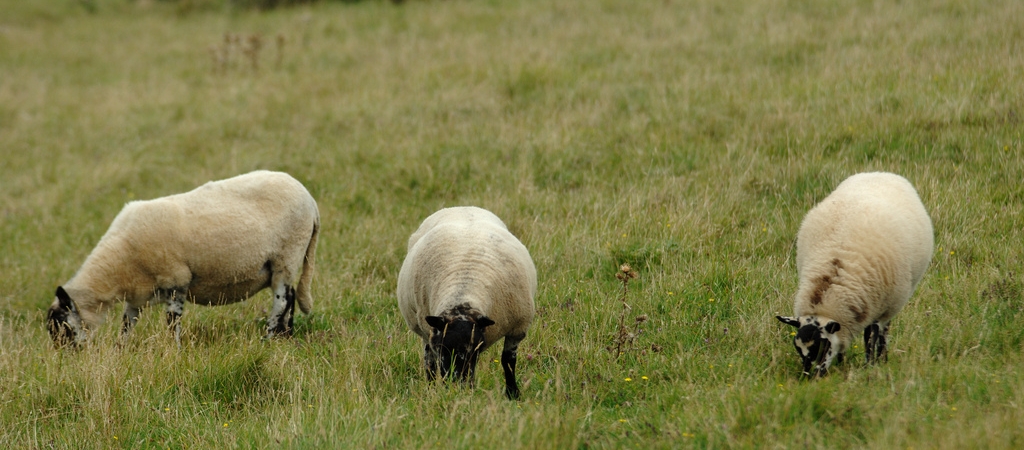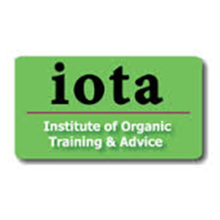Organic Beef and Sheep Nutrition
IOTA Results of Organic Research: Technical Leaflet 3
An excellent review of beef and sheep nutritional research, providing practical recommendations for pasture-based livestock producers.
Resource explained
As an organic sheep or beef producer, you can minimise your use of concentrates with good management of grazed pasture and other forages.
This technical leaflet produced by the Institute of Organic Training and Advice draws upon various studies which highlight the importance of practices such as forage analysis, body condition scoring and pasture management. It provides practical guidance on how you can use such management practices to improve the performance and welfare of your beef herds and ewe flocks whilst reducing dependence on imported concentrates. Recommendations made are based on the monitoring of body conditioning being the most important tool for effective rationing. The leaflet includes information on rumen function, nutrient requirements of beef cattle and sheep, feed intake, forages, and feed composition.
It emphasises the importance of practices such as forage analysis, body condition scoring, and ultrasound scanning in helping you to manage your livestock more effectively.
Findings & recommendations
- Wet, poorly fermented and low protein silages will lack key nutrients and will not sustain young cattle or in-lamb ewes. Producing good quality silage by taking two silage cuts or pre-grazing the silage field can make a big difference.
- Analysing silage will help you ensure that growing and pregnant animals are given the nutrients they need.
- Body condition scoring ewes and cows and comparing to published targets will help you reduce livestock losses and calving/lambing difficulties.
- In ewes, a rising plane of nutrition in the lead up to mating can increase scanning percentage. It can also influence ewe mortality, lamb survival, growth rates and flock replacement rates.
- Using body condition scoring and ultrasound scanning ewes and managing them according to the number of lambs they bear will help ensure adequate nutrition and avoid wasteful over feeding.
- Planning lambing and calving to coincide with spring grass growth can enable you to meet nutritional requirements without having to use additional concentrates.
- The benefits of feeding high quality forages become clear when related to livestock performance predictions.
- This leaflet shows it is possible to meet sheep and beef animal requirements from forages alone, but producing high quality forage is essential.


